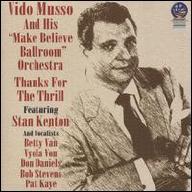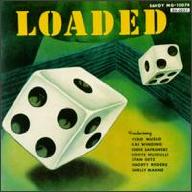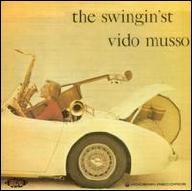Vido Musso
from Carini, Italy
January 17, 1913 - January 9, 1982 (age 68)
Biography
A thick-toned tenor saxophonist whose spirited and enthusiastic solos helped compensate for his weak music-reading skills, Vido Musso was popular for a period in the 1940s. His family moved to the United States in 1920, settling in Detroit. Musso first played clarinet before switching to tenor. He moved to Los Angeles in 1930 and began an association with Stan Kenton, and the two were sidemen in several of the same local bands. Musso and Kenton briefly had a big band in 1936, but then the tenor saxophonist was discovered and became a bit of a name playing with Benny Goodman His Orchestra (1936-1937). After a period with Gene Krupa's new band (1938), Musso rejoined Goodman a couple times (1939 and 1941-1942). He also had stints with Harry James (1940-1941), Woody Herman (1942-1943), and Tommy Dorsey (1945) between attempts to lead his own big band (none of which succeeded). Vido Musso was at the peak of his fame during his two periods with Stan Kenton (1945-1946 and 1947), particularly for his emotional rendition of Come Back to Sorrento. He eventually moved back to Los Angeles, played locally and, starting in 1957, worked regularly in Las Vegas. All of Vido Musso's recording dates as a leader are somewhat obscure. There was a four-song Savoy session in 1946; eight boppish titles in 1947 for Trilon; other dates for Arco, Fantasy (three songs in 1952), and RPM; plus two albums for Crown and Modern (1954-1955). ~ Scott Yanow, Rovi
Top Tracks
Albums
Videos
Close














